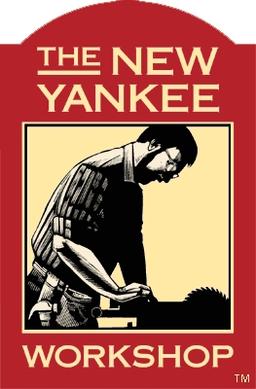- cross-posted to:
- Claviers@jlai.lu
- cross-posted to:
- Claviers@jlai.lu
cross-posted from: https://lemmy.world/post/31175359
More pics: https://pixelfed.social/p/wjrii/838255973232132267
I messed up in a million ways, but I managed not to screw it up too badly to be happy with it. It used 35-year-old switches and keycaps. Case is dowel joints, an up-jumped rustic picture frame. This was also my first keyboard build with QMK firmware and then the VIAL config tool. Some lessons:
- ALPS stabilizers are a pain.
- Don’t let sleepy English majors design PCBs after midnight. Seriously, the thing barely works for this layout, but should be slightly better for Cherry MX switches.
- One is strangely zen when one accidentally deletes all the PCB design files for such a flawed PCB. Still have the fabrication Gerber, but with half a dozen errors that’s very near to useless.
- Don’t be a coward with your woodworking. There is a bigger gap between case and keys than I’d like.
- On the other hand, don’t be stupid. The pecan inlay on the back may be there to cover up where I sliced right into the dowels joining the frame together.
- Sandpaper and Danish Oil forgive many sins.


Trying to think how I’d fabricate the tiny little cruciform recess you’d need plucks escape key off of keyboard Either I would have to buy a bag of posts I could insert into a larger drilled recess or I’d have to cut that with a teeny little CNC router, I just don’t see any hope making that by hand.
You’d almost rather put veneer on plastic keys. I’m sure they sell flat keycaps somewhere.
You can make a mold for a keycap stump and stem cavity, make a resin cast, then glue the keycap on. Maybe you can modify this: https://github-wiki-see.page/m/imyownyear/Z-Butt/wiki/Z-Butt-Mold-System
I’m thinking glueing a base with the little + under the wood